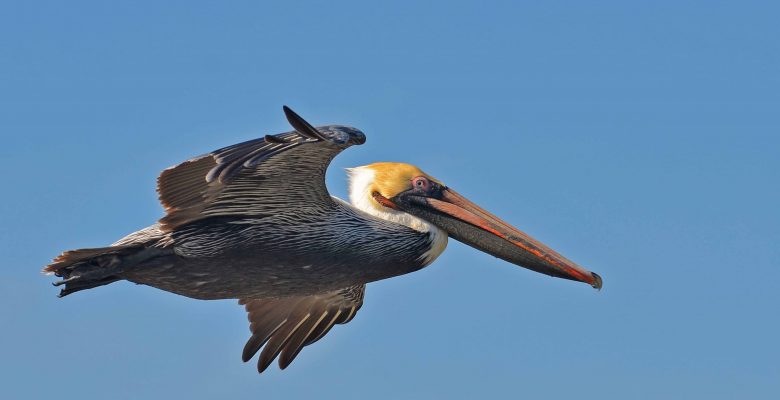Grand Isle Louisiana
A one hundred mile journey to find Grand Isle Louisiana unexpectedly exposed me to a whole new part of the country. I simply though it would be fun to see the Gulf of Mexico, so I headed south.
The farther south I traveled on Louisiana Highway 1, the trees gradually disappeared, replaced with wetland grasses. The bayous and rivers morphed into large bodies of water. The vast Louisiana swamp fell below the water with thousands of little islands emerging.
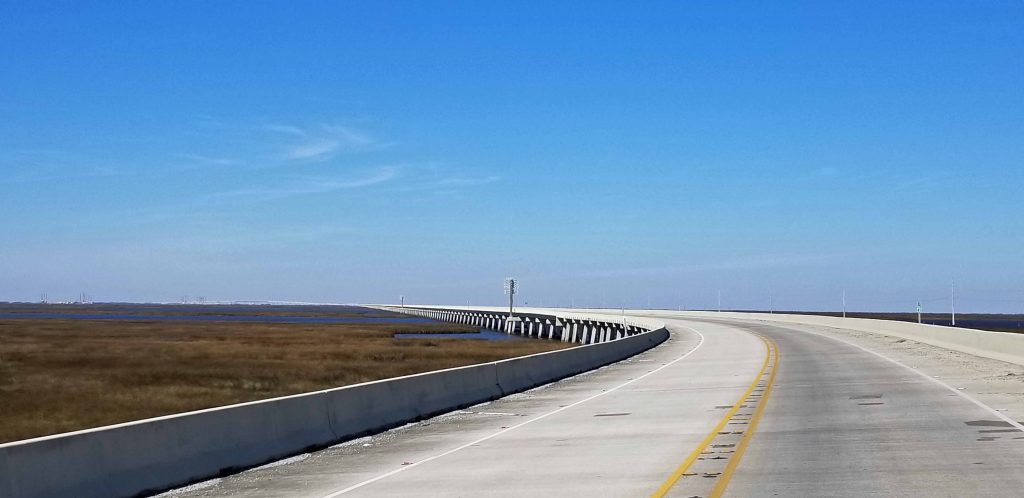
Even the highway changed. The only route to Grand Isle Louisiana became the Gateway to the Gulf Expressway – a 19-mile elevated toll road.
I continued across a large expanse of water and drove onto the only inhabited barrier island in Louisiana. An island where all the houses are built on pilings.
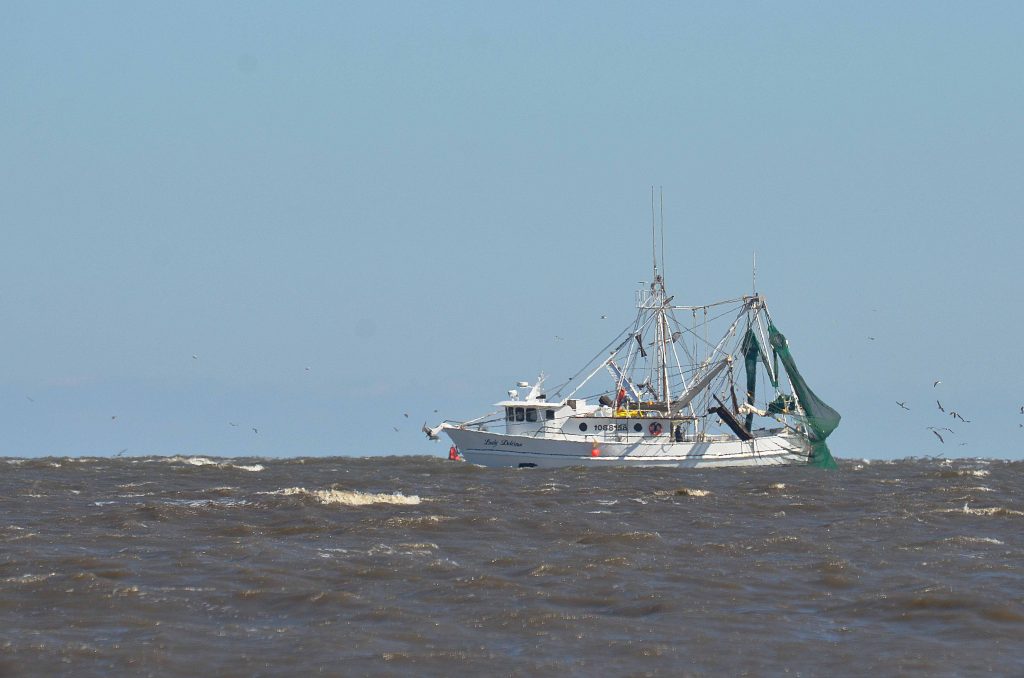
Each house is raised about fifteen to twenty feet above the ground as a defense against flooding from storm surges. Imagine an entire community of elevated houses! Even the businesses were elevated.
Half-Price Camping

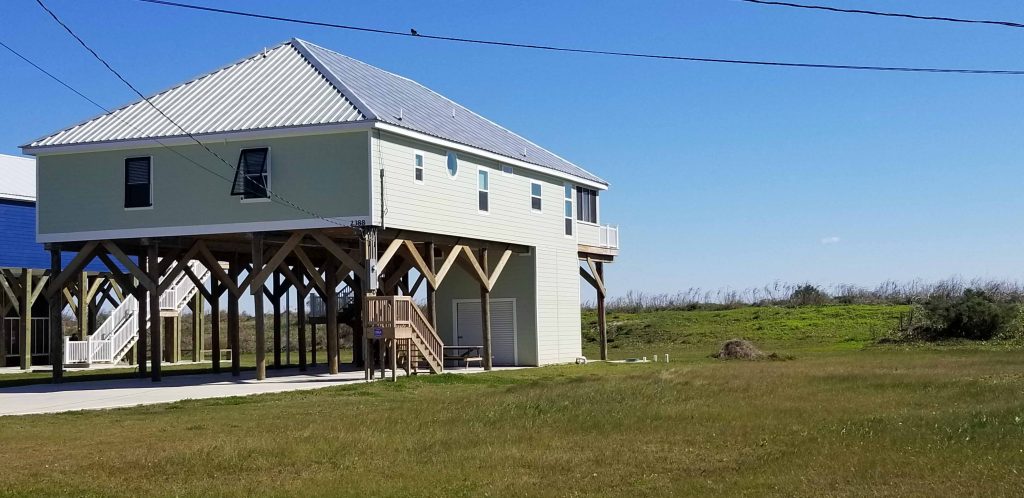
Do not go where the path may lead, go instead where there is no path and leave a trail.
-Ralph Waldo Emerson
Pelicans fighting the breeze rolling off the Gulf in search of fish in the waters below. The brown pelican is the state bird of Louisiana and they put on quite a show diving to push that long beak into the water and snag a fish.
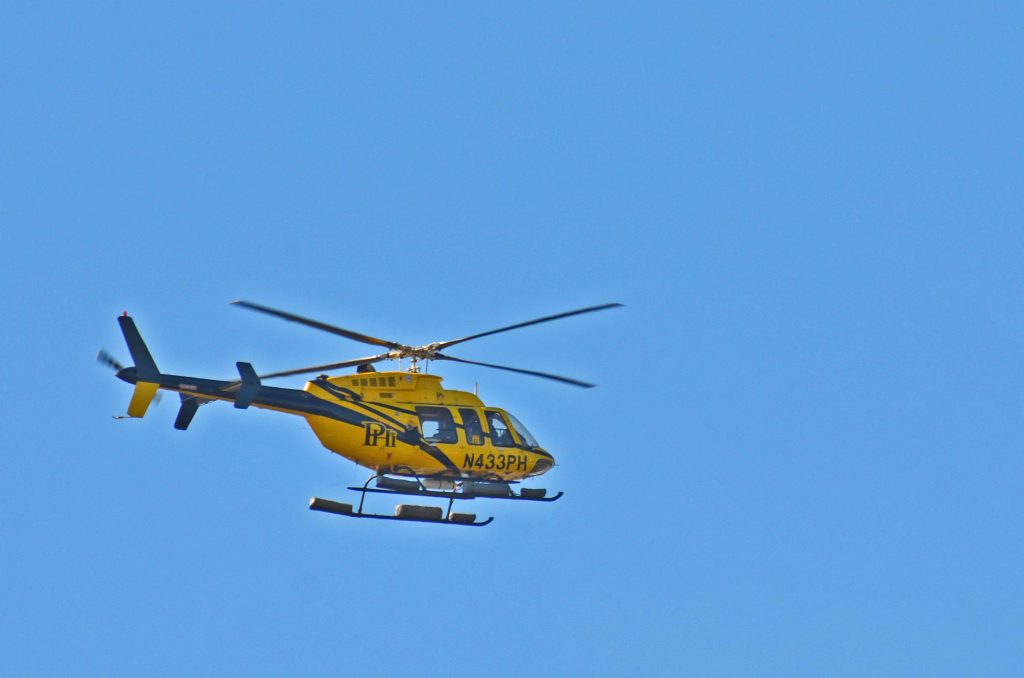
The oil and gas industry is a visible foundation of Grand Isle Louisiana. The Gulf of Mexico is also speckled with drilling platforms. Pipes, pumping stations and all sorts of supporting equipment is the norm.
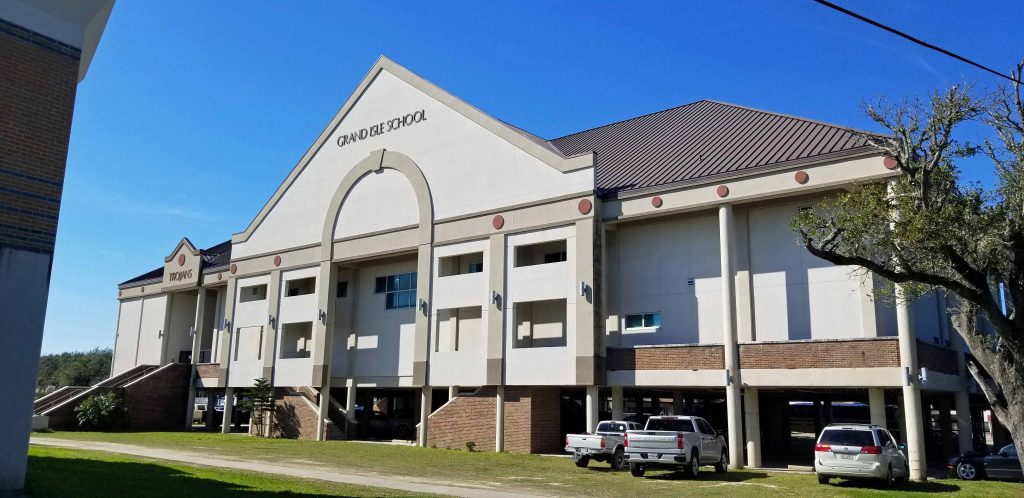
Another norm is the steady stream of boats. Boats for fishing, for transporting people and equipment to the oil platforms in the Gulf, and transporting cargo further inland.
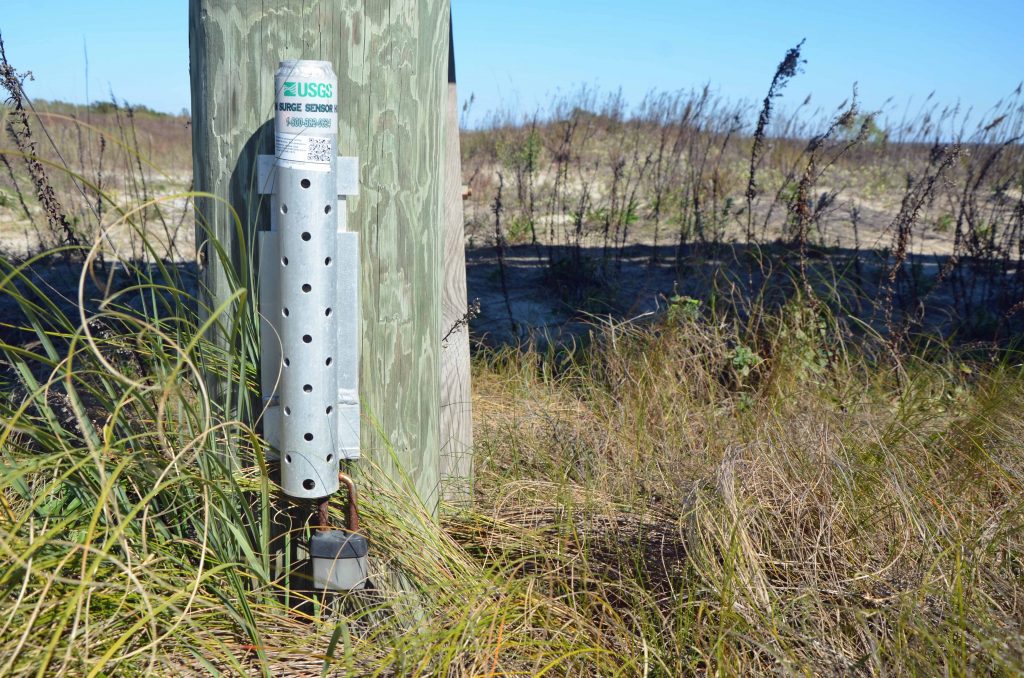
As I walked along the beach – my original destination – I looked across the Gulf of Mexico from the narrow barrier island of Grand Isle Louisiana.
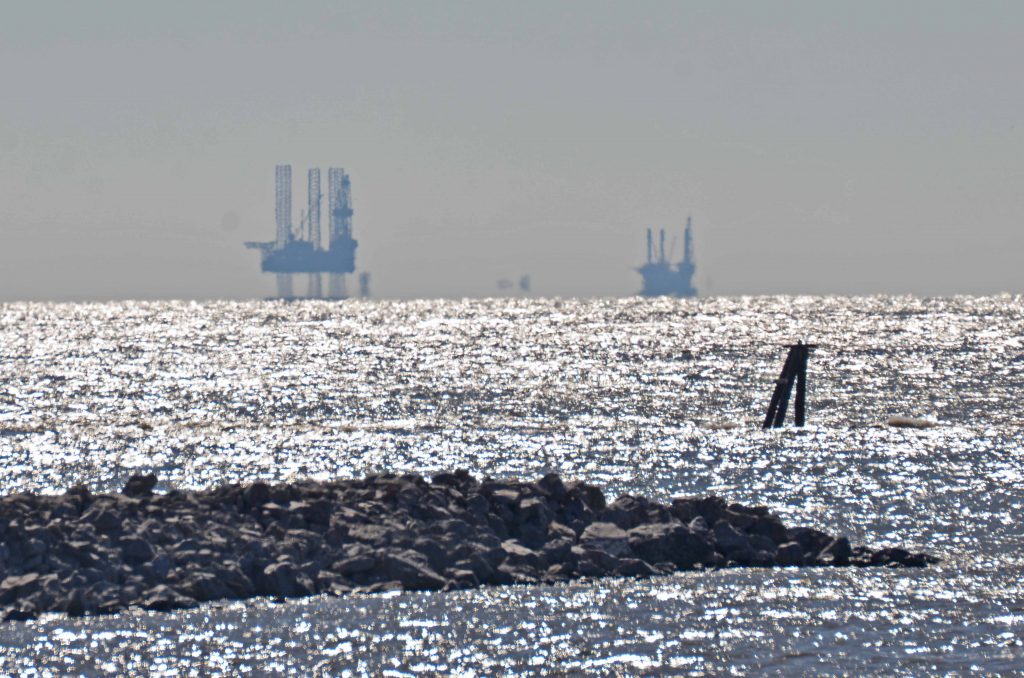
I reflected on the words of Ralph Waldo Emerson, “Life is a journey, not a destination.” I started simply in search of the Gulf, and I was even more intrigued with the fascinating part of Louisiana I discovered along my journey.
